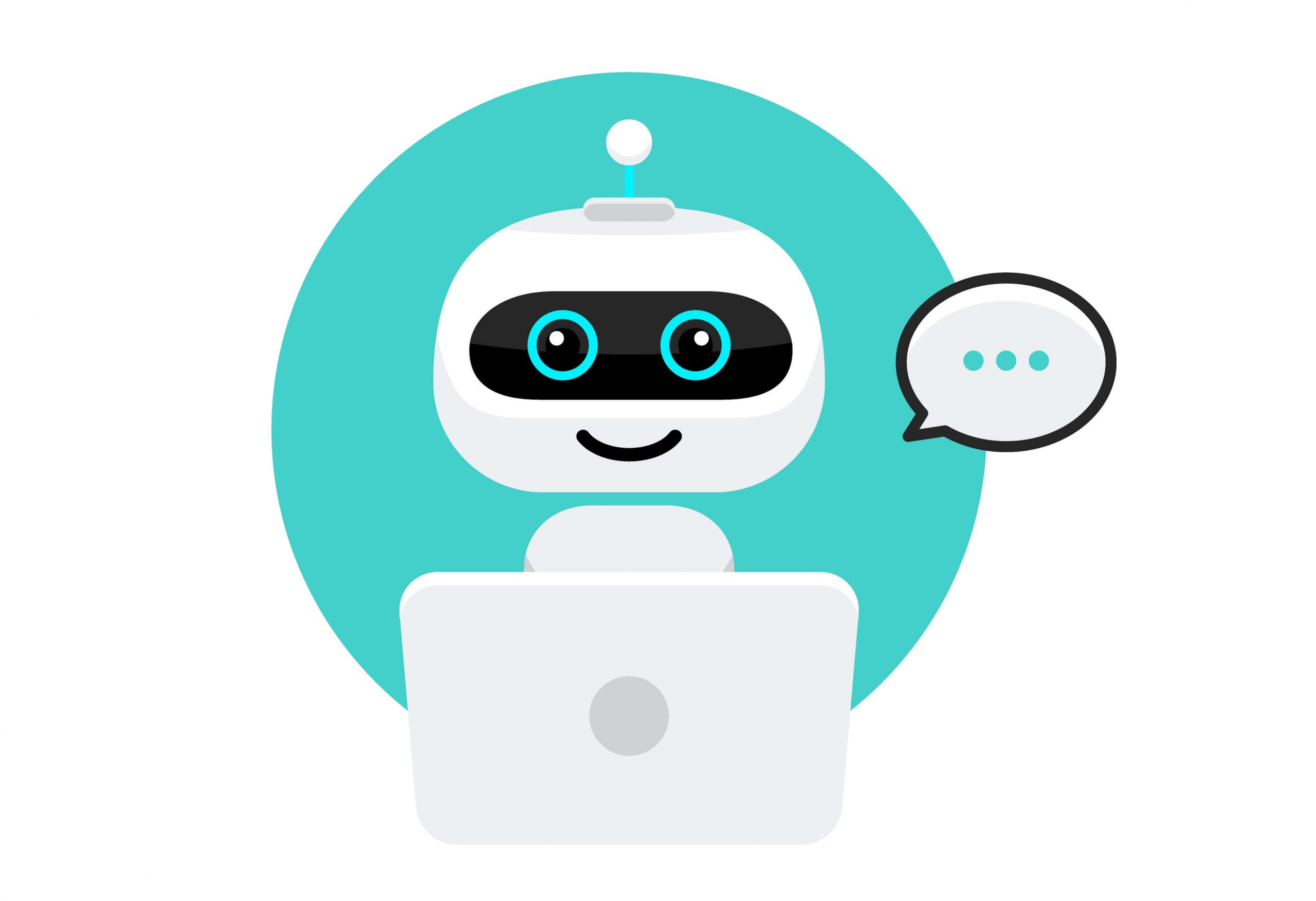Contents
We still read periodic scare stories about the rise of self-aware machines that could suddenly decide to put an end to humanity. But a more pressing concern for many is being rendered obsolete by intelligent systems that can outperform us in our daily work.
Human-AI interaction, for years held up as the final frontier, is now giving way to autonomous AI-powered customer self service becoming a part of our daily experience.
By drawing on the aggregated knowledge and experience of the contact center workforce, effectively crowdsourcing their expertise, technology providers are creating the next generation of self service platforms.
Why the crowdsourcing of expertise is at the core of deep learning-powered self-service tools
The hype surrounding AI improving customer experience is well founded, with Gartner predicting that by 2020, 85% of a customer’s interactions with a company will take place without a human point of contact. Automation will soon enable virtual assistants to act as telecoms technicians, bank tellers, consumer electronics experts, loss adjustors, sales reps and a host of other roles.
However, living, breathing contact center agents still have a vital role to play in training the self service platforms of the future. For service providers and manufacturers, the key to smoothly implementing AI technology is to embrace a strategy that accepts the vital knowledge and experience that human contact representatives possess.
Milestones on the road to autonomous AI self service
Self-driving cars – another innovation built around AI – have captured the public imagination for many years. During this time, autonomous vehicle technology has advanced incrementally.
The key to achieving initial automation was learning from driver behavior. Artificial Intelligence tracked the data of millions of motorists, learning from it to automate navigation and assisted parking, later progressing to other areas such as lane-holding.
For now, the driver is still in, well, the driving seat, but the goal of taking our hands completely off the wheel and our feet off the pedals is just around the corner.
Likewise, the drive toward truly autonomous self service relies on a long-term roadmap marked by various milestones. Agent-only platforms first evolved into hybrid systems offering agent assistance in the form of decision-support tools, with the agent providing feedback to the machine for ongoing optimization.
These virtual assistants are now morphing into solutions whereby the agent steps into the background and functions in a purely advisory role. The endgame, of course, is fully automated self service with AI in the vast majority of use cases throughout the customer journey, from sales, delivery, unboxing and installation to troubleshooting, billing and upgrading.
Just as the self-driving car learns from the driver, the self-service platform learns from the agent. Over time, the most common human contact center functions will be entrusted to virtual assistants, leaving live agents to handle only unique scenarios.
Crowdsourcing of Expertise for AI
Human CX agents have a vital role to play in educating virtual assistants. Frontline employees naturally have the deepest understanding of the issues that customers most commonly experience and the most effective ways of handling them.
To reach human-level performance, AI tools have to learn from the best teachers. By enlisting their expertise, vital insights can be gained and superior autonomous AI-powered self service created.
The technology behind this process is deep learning, the most advanced form of AI. Unlike traditional AI methods, training deep learning models requires huge volumes of labeled data.
Assembling the data is a primary challenge and there are two ways to go about it.
-
Data labeling
One is data labeling – taking massive data sets and getting humans to tag each instance, such as “picture shows router with red LED.” However, since it requires large numbers of employees, this method can be expensive and often not accurate enough, whether carried out by CX specialists or a dedicated data ‘tag team.’
-
Crowdsourcing
The second method is to crowdsource data – the real-time collection and tagging of data from professionals as they go about their everyday work. Crowdsourced data, a hot topic in fields as diverse as cloud computing and genealogy, is the most efficient, accurate and cost-effective approach to data collection, and is now powering an increasing number of next-generation self service platforms.
By automatically collating data from instances when agents decided to dispatch a technician or compensate a customer, a technology provider can build an artificial intelligence-powered self service model that will automate a wide range of processes. Upstart insurer Lemonade, for example, has steadily increased its reliance on AI, moving from a hybrid model towards an autonomous organization.
The Visual Dimension
Full automation will increasingly be built around visual customer assistance – using video and augmented reality to enable AI-powered self service platforms to recognize devices, isolate issues and suggest solutions in real time.
Information from each customer contact is collected, labeled by the agent, and stored for future use. In other words, a data-rich knowledge base of how to solve a host of technical issues is gradually built up from the crowdsourced expertise of the contact center workforce.
Computer vision models can then be trained, learning from this data bank to provide visual recommendations for agents, just as visual clinical decision support systems are now revolutionizing surgery.
The agent confirms or rejects each suggestion, enabling the system to become smarter, until an accuracy threshold is reached, and the visual AI-powered self service platform is ready to help people on its own.
How close is full AI autonomy for self service?
In the short term, virtual assistants will tackle the bulk of repetitive tasks, according to the Pareto principle that roughly 80% of effects derive from just 20% of causes.
Just as self-driving cars will ask motorists to take over in challenging conditions, eventually human agents will deal with only the most complex cases, such as time-sensitive scenarios when the emotional state of the customer requires the human touch, or when the case is uncommon and cannot be recognized by the machine.
But with accuracy levels now on the cusp of full product viability, truly autonomous self service is now becoming a reality.
Summary
The momentum towards fully autonomous self service is increasing in a growing number of sectors. The key to success is to actively engage agents in the process of constructing new self-service platforms and by training algorithms that collate, analyze and implement best practices. The crowdsourcing of expertise is fundamental to both processes and companies which embrace this principle are poised to reap the rewards.






